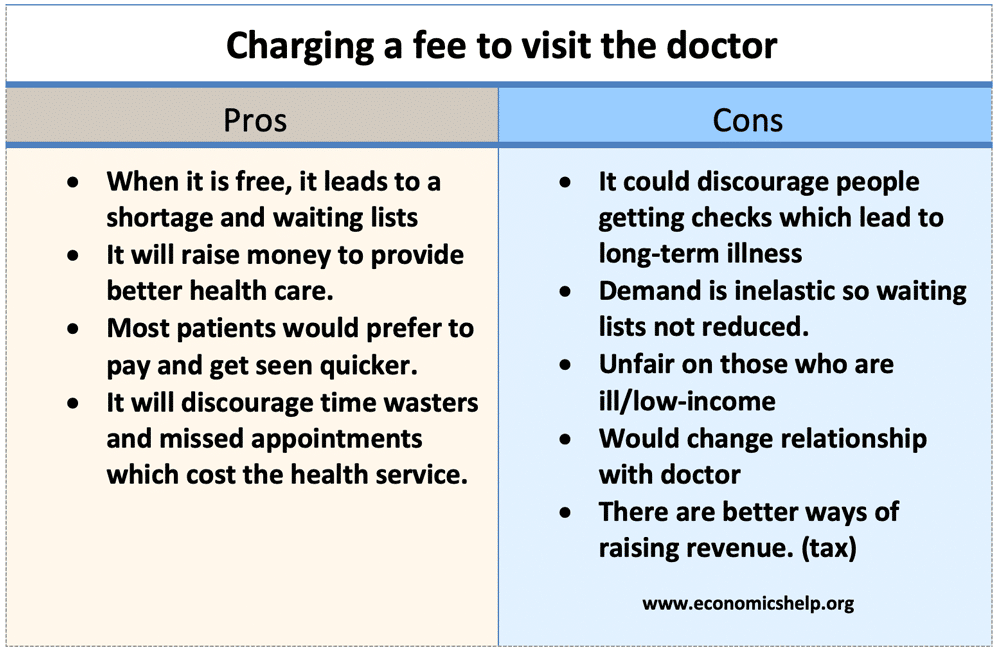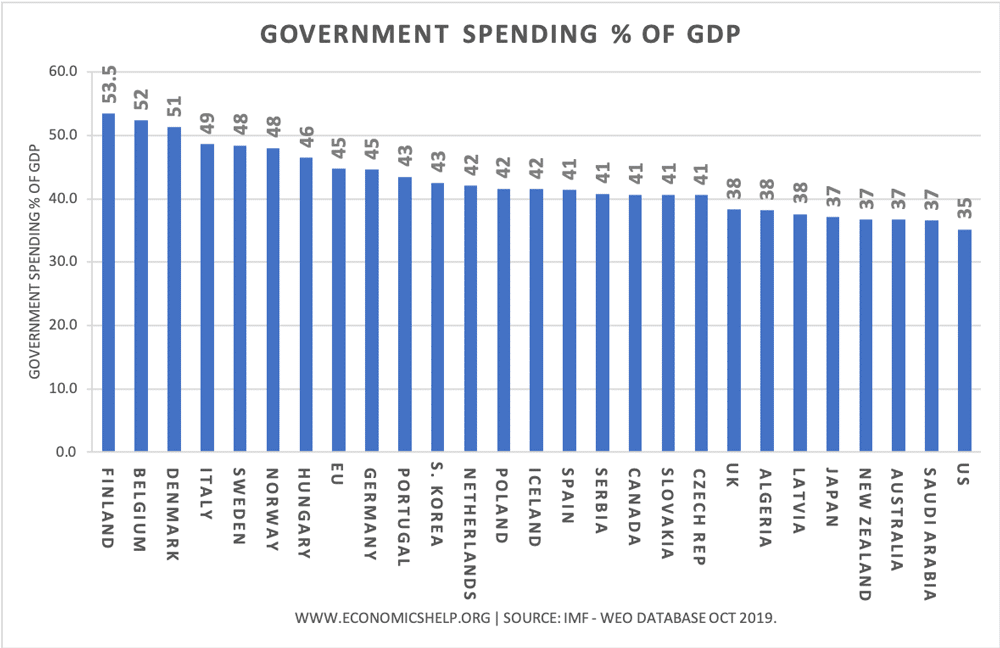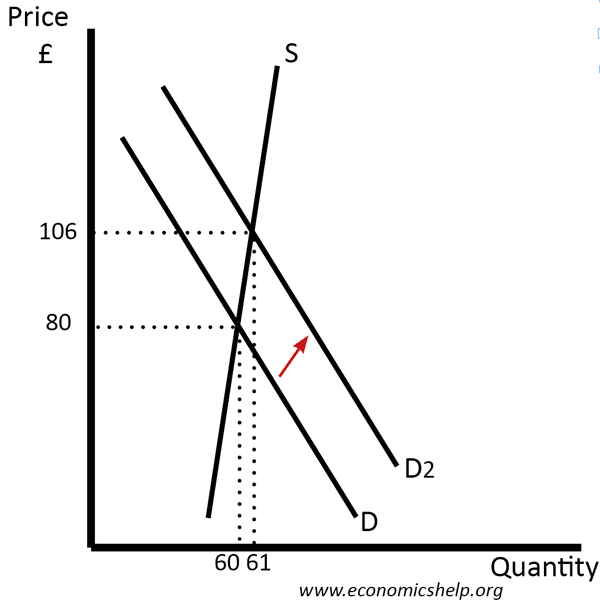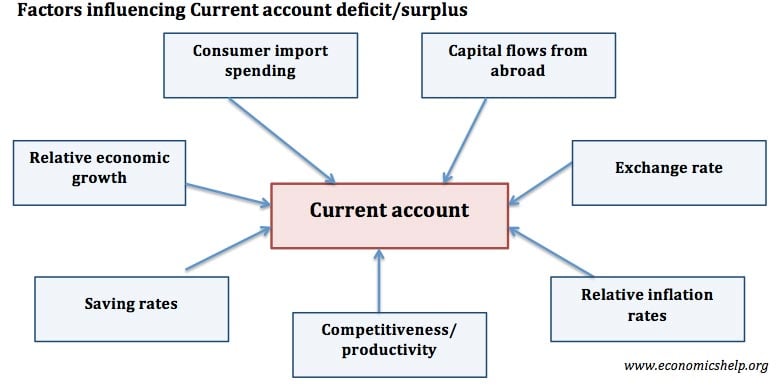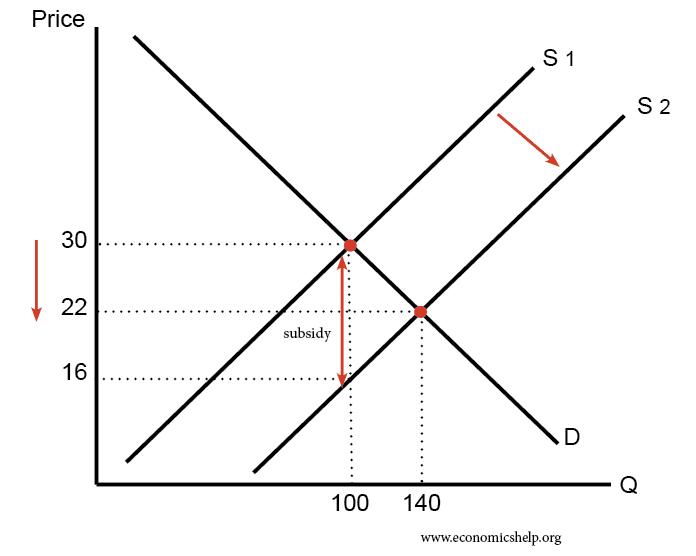Marginal revenue
Definition: Marginal revenue (MR) is the additional revenue gained from selling one extra unit in a period of time. Marginal revenue (MR) = Δ TR/Δ Q If a firm sells an extra 50 units and sees an increase in revenue of £200. Then the marginal revenue of each extra unit sold is £4 Example of …

